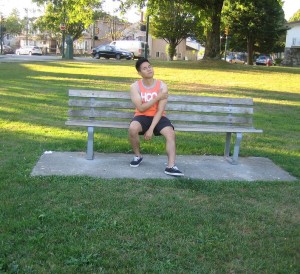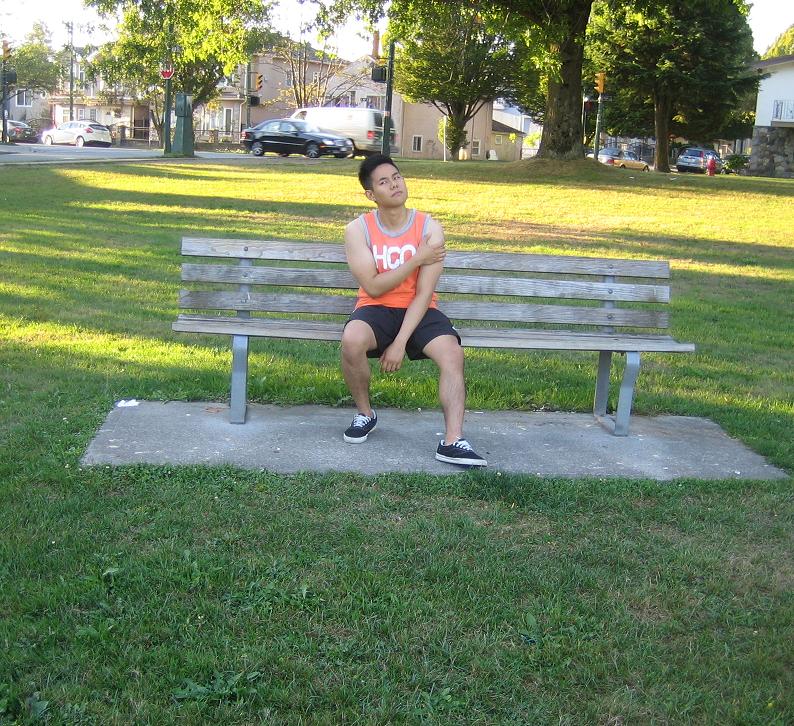Cervical nerve damage can occur in various ways depending on whether motor, sensory or organ function is disrupted. The cervical nerves go through the spinal cord via openings between the vertebrae of the neck. There are 8 cranial nerves (C1-C8) starting from the top part of the neck up to the shoulders. These nerves are essential in various bodily functions in the head, trunk, shoulders and arms.
Pain from cervical nerve damage
If there is cervical nerve damage specifically to the sensory component, it results to pain along the areas supplied by the nerve. If the 6th cervical nerve is damaged due to a herniated disc, it can cause radiating pain up to the arm and into the thumb.
Diminished muscle function
Once the neck vertebra of the neck is damaged due to trauma such as diving or vehicular accidents, cervical nerve damage occurs. The damage can interfere with the normal functioning of the muscles supplied by those nerves.

Any injury to the C7 nerve can lead to the weakening of the muscles of the hands and fingers. The muscles of the shoulders and biceps can weaken and even become atrophied as a response to long-term damage to the C4 and C5 vertebrae.
Numbness
Cervical nerve damage can compromise its capability to deliver sensory data from its linked body region, thus resulting to numbness. In case the C6 nerve is injured, numbness in the arm and thumb develops. If the C5 is damaged, it often manifests as numbness in the shoulder region.
Pins and needles sensations
The ‘pins and needles’ sensation or paresthesia occurs once the cervical nerves are impaired. An assessment of paresthesia of the hand is oftentimes useful in figuring out which cervical nerve is affected.
If there is damage to the 7th cervical nerve, it can result to the ‘pins and needles’ sensation that radiates into the middle finger. In case the C8 nerve root is affected, it can lead to paresthesia in the ring, middle and little finger.
Breathing difficulty
Once the first 3 cervical vertebrae are injured, the diaphragm muscle that they supply can end up weakened to a point where the individual requires medical care in order to breathe properly.

